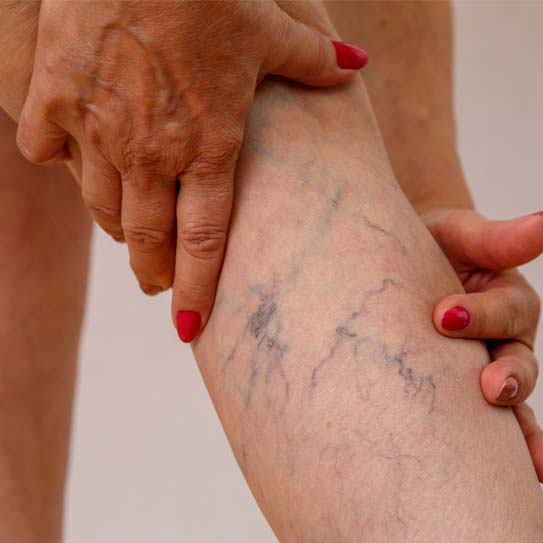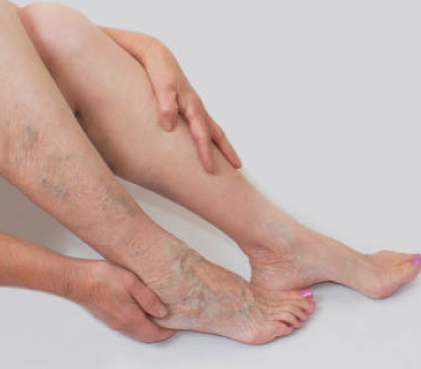
Imaging studies are used in conjunction with physical examinations to make the diagnosis for septoplasty surgery. In order to determine whether you have any breathing problems, the ENT specialist will gather your medical history during the physical examination. After that, he will peek into your nostrils using a speculum to assess the severity and intricacy of the septal deviation.
By removing, moving, and replacing the bone or cartilage that make up the nasal septum, a procedure known as septoplasty can straighten the nasal septum. Nowadays, septoplasty is carried successfully with little intrusion and without significant consequences, due to medical breakthroughs.
It is necessary to meticulously prepare for a septoplasty procedure to prevent postoperative problems. You can get ready for the procedure by using the advice provided:


How safe is septoplasty?
Yes, septoplasty is a minimally invasive technique that is perfectly safe when carried out correctly by a qualified ENT expert at a cutting-edge treatment facility.
Is insurance going to fund a septoplasty?
Since septoplasty is not an aesthetic procedure and is typically thought to be medically required for the treatment of respiratory problems and the consequences that follow, the answer is generally yes.
Will a septoplasty alter the contour of my nose?
Because a septoplasty is a minimally invasive procedure and the surgical tools are introduced through the nostrils, there are no outward (aesthetic) face alterations afterward.
How long will I wear splints in my nose following a septoplasty?
Internal nose splints can be removed after one week, however external nose splints are often worn for at least two weeks. However, you cannot take off the splints by yourself without your doctor's approval since the length of time depends on how serious the problem is and how complicated the surgery was.

Also known as endovenous laser treatment or EVLA, this is a minimally invasive ultrasound-guided procedure that involves the use of ultrasound images and laser fiber in order to kill the delicate lining of the veins. After a few days following the procedure, the body absorbs the dead tissues, closing off the abnormal veins with minimal or no discomfort. This is one of the most commonly preferred methods as it involves far fewer complications, and the recovery time, as well as the success rate of this method, is much faster and higher than that of any surgical process.

Also known as endovenous laser treatment or EVLA, this is a minimally invasive ultrasound-guided procedure that involves the use of ultrasound images and laser fiber in order to kill the delicate lining of the veins. After a few days following the procedure, the body absorbs the dead tissues, closing off the abnormal veins with minimal or no discomfort. This is one of the most commonly preferred methods as it involves far fewer complications, and the recovery time, as well as the success rate of this method, is much faster and higher than that of any surgical process.

Also known as endovenous laser treatment or EVLA, this is a minimally invasive ultrasound-guided procedure that involves the use of ultrasound images and laser fiber in order to kill the delicate lining of the veins. After a few days following the procedure, the body absorbs the dead tissues, closing off the abnormal veins with minimal or no discomfort. This is one of the most commonly preferred methods as it involves far fewer complications, and the recovery time, as well as the success rate of this method, is much faster and higher than that of any surgical process.